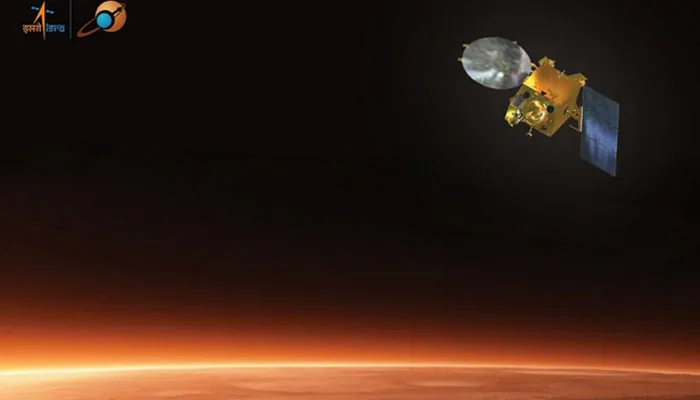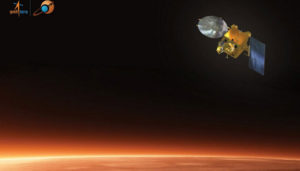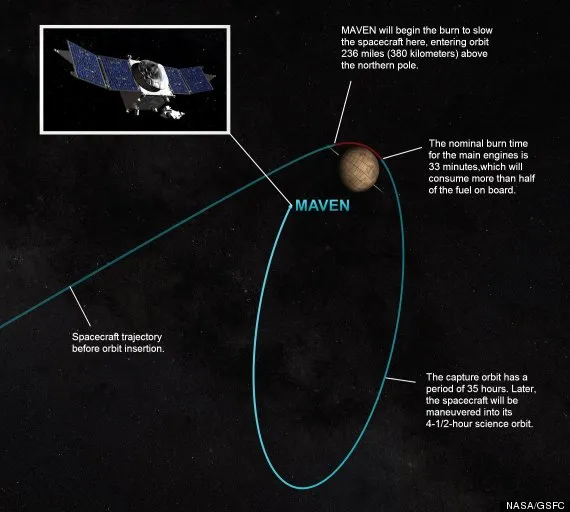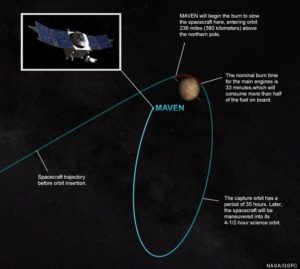
Mangalyaan says Jai Ho!
September 24, 2014 – A day that will be recorded in Indian history as one of the greatest breakthrough in space research. Today the world’s biggest democracy has joined hands with the elite space clubs to successfully enter the Martian atmosphere after United States, European Union and the former Soviet Union. Sweetly called as MOM and locally called as Mangalyaan, the Mars Orbiter Mission was developed at a cost of $71 million, making it one of the cheapest mission to Mars!
Fun fact: Mangalyaan, or the Mars Orbiter Mission, not only made India one of the few countries to reach Mars but did so on its very first attempt. Remarkably, it was achieved with a budget of just $71 million, significantly lower than other similar missions, earning it the title of the most cost-effective Mars mission to date.
Also, India becomes the first country in the world to successfully enter the Martian atmosphere in her first attempt, and the first Asian country to succeed in interplanetary missions to Mars! India’s low-cost and quick turnaround satellite mission has been attracting a lot of global attention from the scientific community that seeks to better understand the mysterious Mars.
Says Mr Radhakrishnan: “We are really not racing with anyone, but with ourselves to reach the next level of excellence.”
Really, a Jai Ho moment for millions of Indians around the world!
Did you like this post? Read more and subscribe to our monthly newsletter!







